Graphic design for accessories has long played a critical role in making everyday items both functional and appealing. Once seen as merely an add-on to traditional design disciplines, today it has become a vibrant and dynamic field all its own. Whether you're working with handbags, phone cases, or jewelry, the right graphic design can elevate an accessory from ordinary to extraordinary. It combines color, typography, and imagery to create products that stand out in a crowded market. While some may assume that this niche only suits fashionistas or design experts, it's actually accessible and engaging for anybody with a creative spark. Enhance your accessory game with these graphic design insights and make a style statement uniquely your own.
Vector illustrations
Vector illustrations in graphic design for accessories serve as a critical component in establishing a distinctive visual identity and enhancing product appeal. Designers utilize vector-based software like Adobe Illustrator to create scalable and precise images that can be resized or manipulated without losing quality, making them ideal for intricate accessory designs. These illustrations often include abstract patterns, floral motifs, and geometric shapes, which are meticulously crafted to align with the accessory's style, whether it be a modern handbag or a classic watch. By maintaining clean lines and vibrant colors, vector illustrations ensure high-definition prints and engraving possibilities, allowing for innovative and eye-catching designs that capture consumer attention.
Typography design
Typography design in accessories demands a meticulous interplay of font choice, scale, and placement to enhance both aesthetics and functionality. Designers often explore the nuances of typefaces that convey specific emotions or brand identities, meticulously choosing serif fonts for elegance, sans-serif for modernity, and custom scripts for a unique flair. Every letterform becomes not just a conveyance of information but a central element in the visual hierarchy, orchestrating a balance between readability and artistic expression. The material and texture of the accessory also play a crucial role, as they interact with the typography, thereby affecting visual impact and tactile experience, requiring designers to consider how elements such as embossing or engraving can amplify their intended message.
Pattern creation
Pattern creation in graphic design for accessories necessitates a keen understanding of color theory, texture, and repetition to generate visually captivating motifs. Designers often draw inspiration from nature, geometric shapes, cultural symbols, and historical art movements to infuse unique character and depth into their patterns. Advanced software tools, such as Adobe Illustrator or CorelDRAW, enable precision in creating scalable vector designs that maintain clarity across diverse formats and materials, whether that be fabric, leather, or metal. Meticulous attention to balance and symmetry ensures that patterns complement the form and function of the accessory, enhancing its aesthetic appeal while reflecting current fashion trends or the brand's identity.
Color palette
In the realm of accessory design, the color palette serves as the cornerstone, dictating the tone and mood of the final product. Vibrant, eye-catching colors such as electric blue and fiery red can transform a mundane item into a statement piece that exudes confidence and style. Conversely, utilizing a pastel palette with muted tones like dusty pink and lavender can evoke a sense of subtle sophistication and timeless elegance, appealing to those with a predilection for understated charm. A well-curated palette not only enhances aesthetic appeal but also aligns the design with current trends, ensuring that the accessory remains relevant and desirable in a fast-paced fashion world.
Surface design
In the realm of graphic design for accessories, surface design plays a pivotal role by transforming ordinary materials into captivating works of art. Each accessory becomes a canvas awaiting a fusion of textures, colors, and patterns meticulously crafted to magnetize consumer attention and elevate aesthetic appeal. A designer employs an array of techniques such as digital printing, embossing, or hand-painting to infuse distinctiveness into leather, fabric, or metallic surfaces. Every element, from intricate geometric patterns to organic floral motifs, is selected to resonate with the target audience's sense of style and to complement functionality seamlessly, ensuring that each piece captures both the eye and the essence of contemporary fashion sensibilities.
Logo graphics
Graphic design for accessories, particularly focusing on logo graphics, requires a keen understanding of brand identity and consumer psychology. Designers must meticulously translate a brand's core values and unique characteristics into a visually compelling symbol that not only captures attention but also resonates on an emotional level with potential customers. The use of geometry, color theory, and typography plays a critical role in creating a logo that is not only memorable but versatile enough to be effectively applied across various mediums and product scales, from tiny prints on delicate jewelry to bold imprints on larger fashion items. Crafting a successful logo graphic demands an iterative process of sketching, digital refinement, and testing, ensuring that every curve, line, and hue maintains fidelity to the brand's essence while standing out in an increasingly saturated market.
Brand elements
Graphic design for accessories with a focus on brand elements involves meticulously crafting visual components that encapsulate the essence and identity of the company. Designers use a harmonious palette of colors, unique typography, and distinctive logos or symbols that resonate with the brand's ethos and differentiate it from competitors. Imagery and patterns play a pivotal role, often inspired by the target demographic's lifestyle or cultural trends, ensuring the accessories remain relevant and appealing. These visual elements are consistently applied across marketing materials, product packaging, and digital platforms to create a cohesive identity that reinforces brand recognition and loyalty.
Texture overlay
Graphic design for accessories, particularly with a focus on texture overlay, demands a keen eye for detail and a refined sense of aesthetics to create visually intriguing pieces that stand out. Texture overlay can be used to add depth and dimension, transforming flat designs into tactile experiences, often incorporating elements such as simulated leather, fabric, or even abstract patterns like brush stokes and geometric motifs. By layering multiple textures, designers can achieve a harmonious balance between complexity and simplicity, ensuring the accessory does not overwhelm but complements the overall style it represents. Color, contrast, and material compatibility play critical roles in this process, as the interplay between these elements can evoke different moods and themes, making the accessory both a personal statement and a fashion-forward piece.
Packaging mockups
Packaging mockups in graphic design for accessories play a crucial role in visualizing the final product presentation, offering a tangible glimpse into how the accessory would appeal to consumers on retail shelves or in e-commerce platforms. Designers focus on creating realistic textures and intricate details such as shadows, highlights, and reflections to ensure that the packaging appears as lifelike as possible, capturing the accessory's essence and brand aesthetic. High-resolution imagery and customizable templates allow for versatility in design experimentation, providing clients the ability to see variations in color schemes, typography placements, and graphic elements before production. This not only enhances the marketing potential but also aids in identifying potential improvements, ensuring the final packaging aligns seamlessly with the targeted consumer demographics and brand identity.
Silhouette design
Silhouette design in graphic design for accessories offers a fascinating approach that prioritizes the play of light and shadow to create striking, minimalist representations of various forms. This design method capitalizes on the pure outline or contour of an object, allowing designers to strip away unnecessary details, thereby emphasizing the essential shape and texture of the piece. By utilizing bold contrasts and playing with negative space, silhouette design provides a versatile toolset for accessory designers to craft pieces that are both timeless and contemporary, engaging the viewer's imagination to fill in the missing hues and details. Consequently, this technique not only enhances the aesthetic appeal of accessories but also communicates a brand's identity succinctly and powerfully, making it an integral component in the fashion and accessories industry.







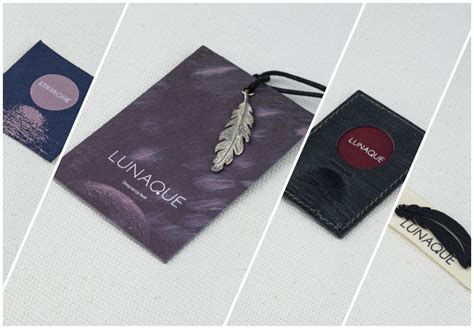
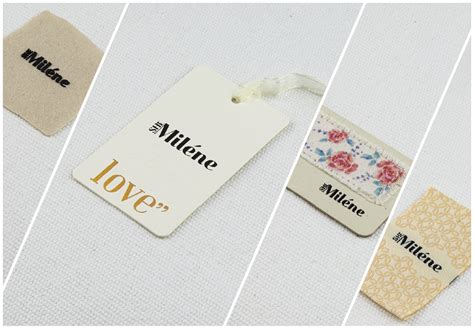
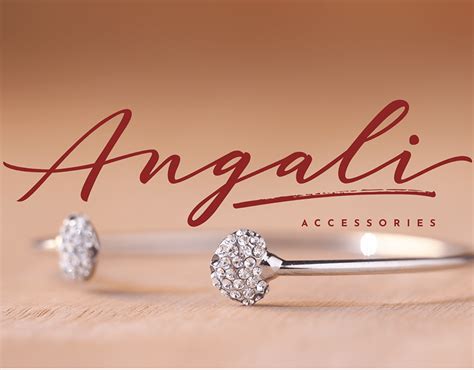
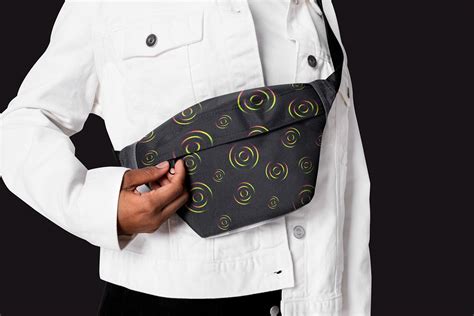
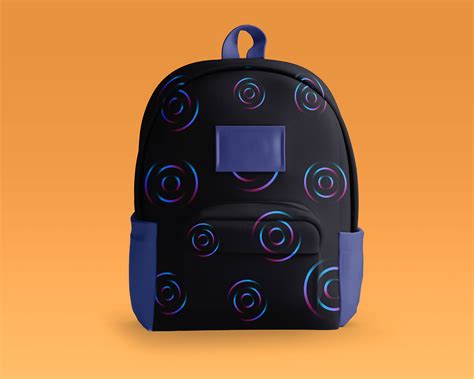
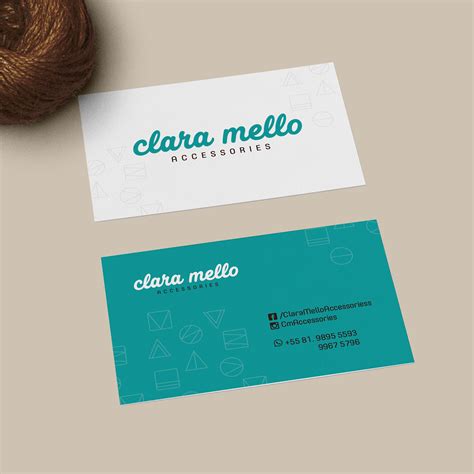
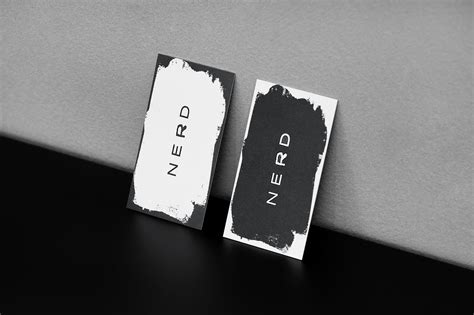
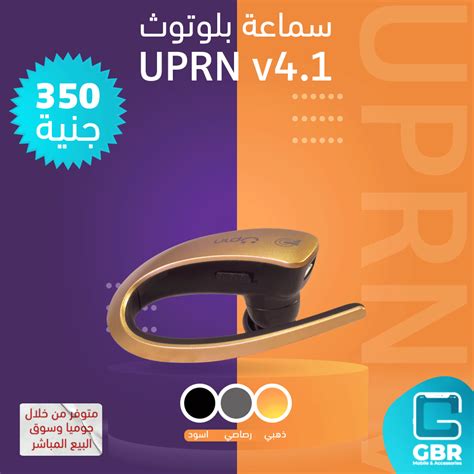
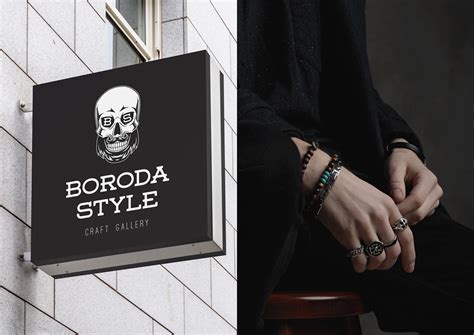
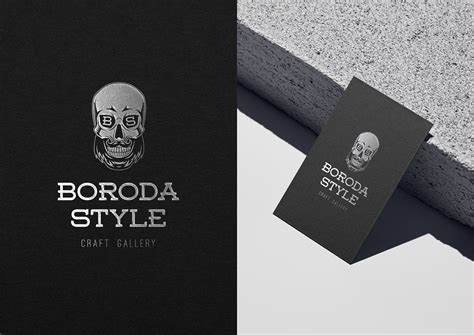
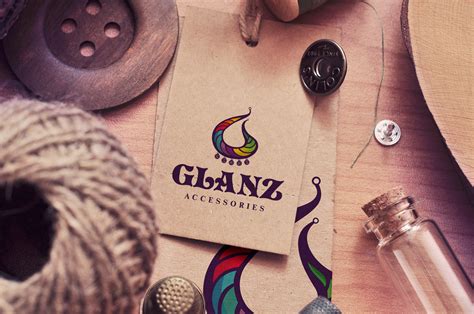
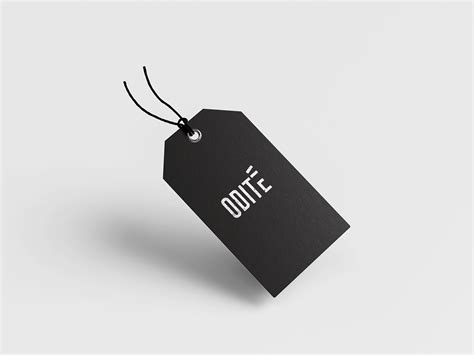
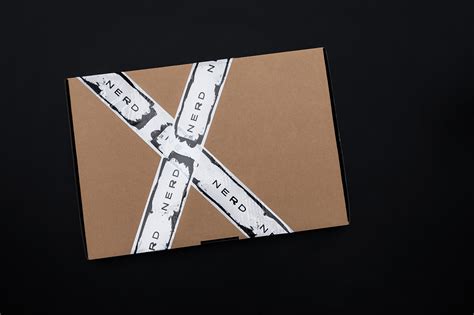
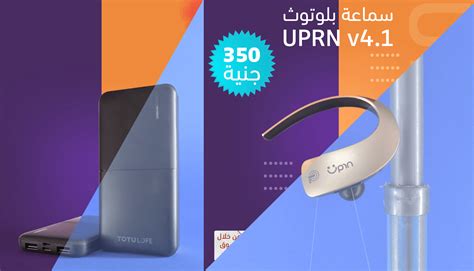
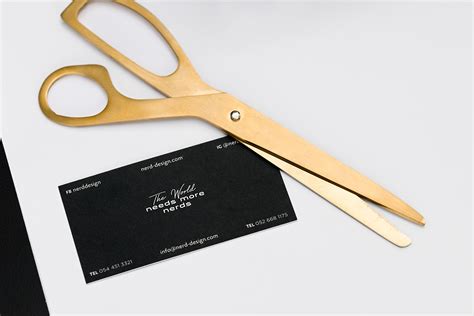
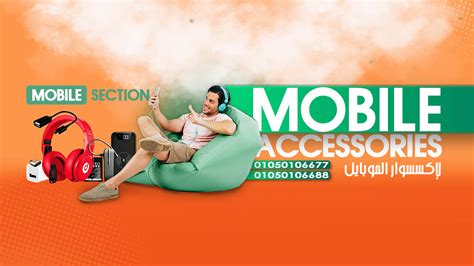
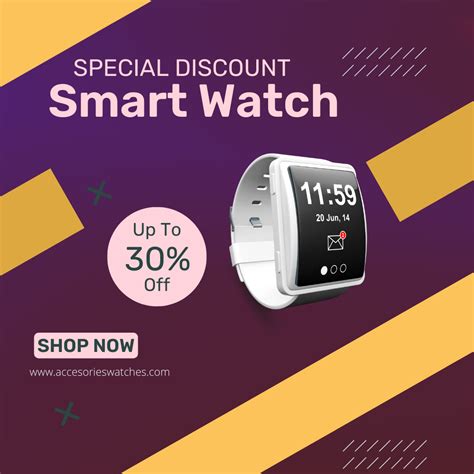
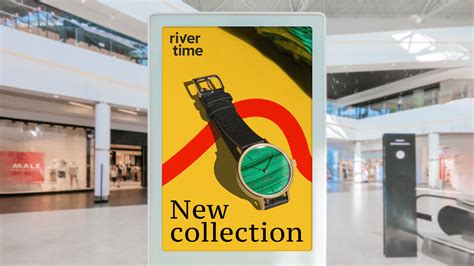
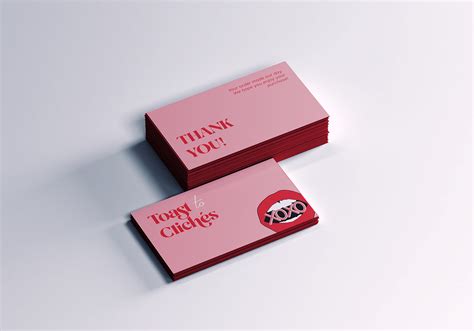
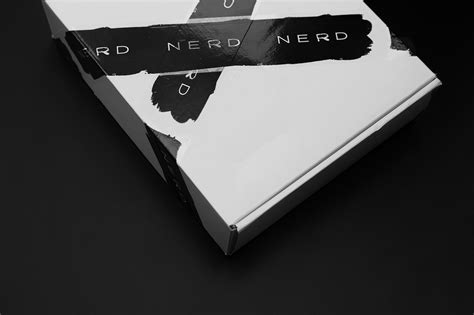

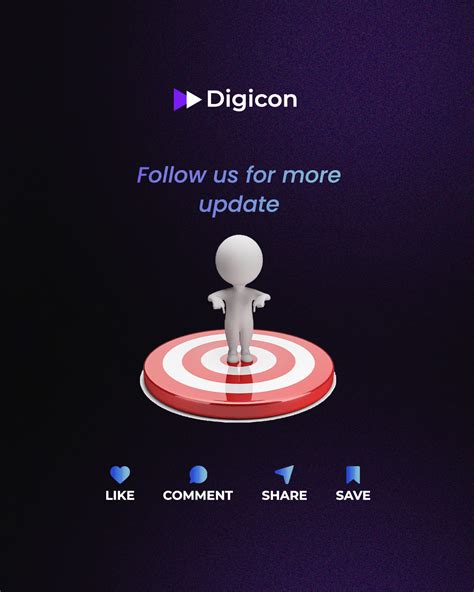
Leave a Reply
Your email address will not be published.